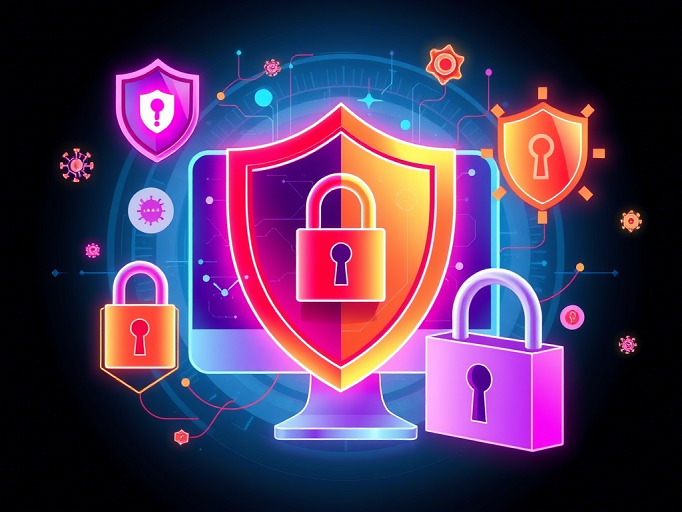Introduction
In an age where nearly every click, swipe, and tap is tracked, understanding what data is being collected about you—and how it’s being used—has never been more critical. Whether you’re browsing your favorite news site, using a social media app, or shopping online, you’re constantly leaving a digital footprint. But what does that footprint really contain, and who’s watching?
This guide will walk you through the types of data collected about you, who’s collecting it, how it’s being used, and—most importantly—how you can take back control of your digital privacy in 2025.

1. Types of Data Collected
Your online activity generates a wide range of data:
-
Personal Identifiable Information (PII): Name, email, phone number, ID numbers, etc.
-
Browsing Data: Websites you visit, clicks, search history.
-
Location Data: GPS, IP-based location tracking.
-
Behavioral Data: Time spent on pages, engagement, purchase behavior.
2. Who Collects Your Data?
A variety of entities collect your information:
-
Tech giants like Google, Meta, and Amazon gather data to personalize services and ads.
-
Social media platforms track your interactions and preferences.
-
Advertisers and third-party trackers use cookies and pixels to follow your behavior across the web.
-
Apps and websites collect permissions-based data from your devices.
3. How Is Your Data Used?
Data is often used for:
-
Targeted advertising: Personalized ads based on your behavior.
-
Content customization: Recommendations on Netflix, YouTube, and news feeds.
-
Profiling and analytics: For business intelligence or, in some cases, political influence.
-
Data resale: Some platforms may share or sell your data to third parties.
Tools and Techniques to Protect Your Privacy
1. Password Management
Use strong, unique passwords for every service. Avoid reusing the same credentials. Consider a reliable password manager like Bitwarden, 1Password, or LastPass to generate and store secure passwords effortlessly.
2. Encryption
Encryption scrambles your data so it can only be read by the intended recipient. Enable end-to-end encryption where possible—especially for messages and emails. Tools like ProtonMail or Signal ensure your communications stay private.
3. VPN (Virtual Private Network)
A VPN masks your IP address and encrypts your internet connection. This adds a strong layer of privacy, especially on public Wi-Fi. Read our full guide to VPNs here.
4. Tracking Protection
Use anti-tracking browser extensions like uBlock Origin, Privacy Badger, or Ghostery to block third-party cookies and invisible trackers. Some browsers, like Brave or Firefox, also offer built-in tracking protection.
5. Privacy Settings
Regularly review and adjust your privacy settings on apps and platforms. Limit access to location, microphone, camera, and personal data. Opt out of data collection features where possible.
Protecting Your Data on Social Media
1. The Risks of Oversharing
Sharing personal updates, photos, and location on social media might feel harmless—but it can expose you to identity theft, scams, or even physical danger. Think twice before posting personal milestones, family details, or travel plans.
2. Adjusting Privacy Settings
Each platform has different privacy controls. Review the following:
-
Facebook: Limit who can see your posts, hide your friend list, disable facial recognition.
-
Instagram: Switch to private mode, control story visibility, and manage third-party apps.
-
Twitter (X): Use protected tweets, disable location tagging.
3. Watch for Scams and Phishing
Be cautious of messages or links from unknown users. Social platforms are increasingly targeted by phishing attacks and impersonation scams. [We’ll be publishing an in-depth article soon on recognizing and avoiding these threats.]
Additional Tips for Protecting Your Online Privacy
1. Use Privacy-Focused Search Engines
Ditch traditional search engines in favor of privacy-first options like DuckDuckGo or Startpage, which don’t track or profile your searches.
2. Avoid Sending Sensitive Information via Unencrypted Email
Always assume that unencrypted emails can be intercepted. If you must send sensitive data, use secure platforms or encrypted attachments.
3. Keep Software Updated
Outdated apps and operating systems can have security vulnerabilities. Regular updates often include critical patches that close the door to hackers.
Conclusion
Your privacy is worth protecting—every click, search, and download shapes your digital identity. In 2025, taking control of your personal data is no longer optional; it’s essential. By adopting the tools and habits outlined in this guide, you can build a safer and more private digital life.
Have questions or want to share your experience? Drop us a comment or reach out—we’d love to hear from you!

